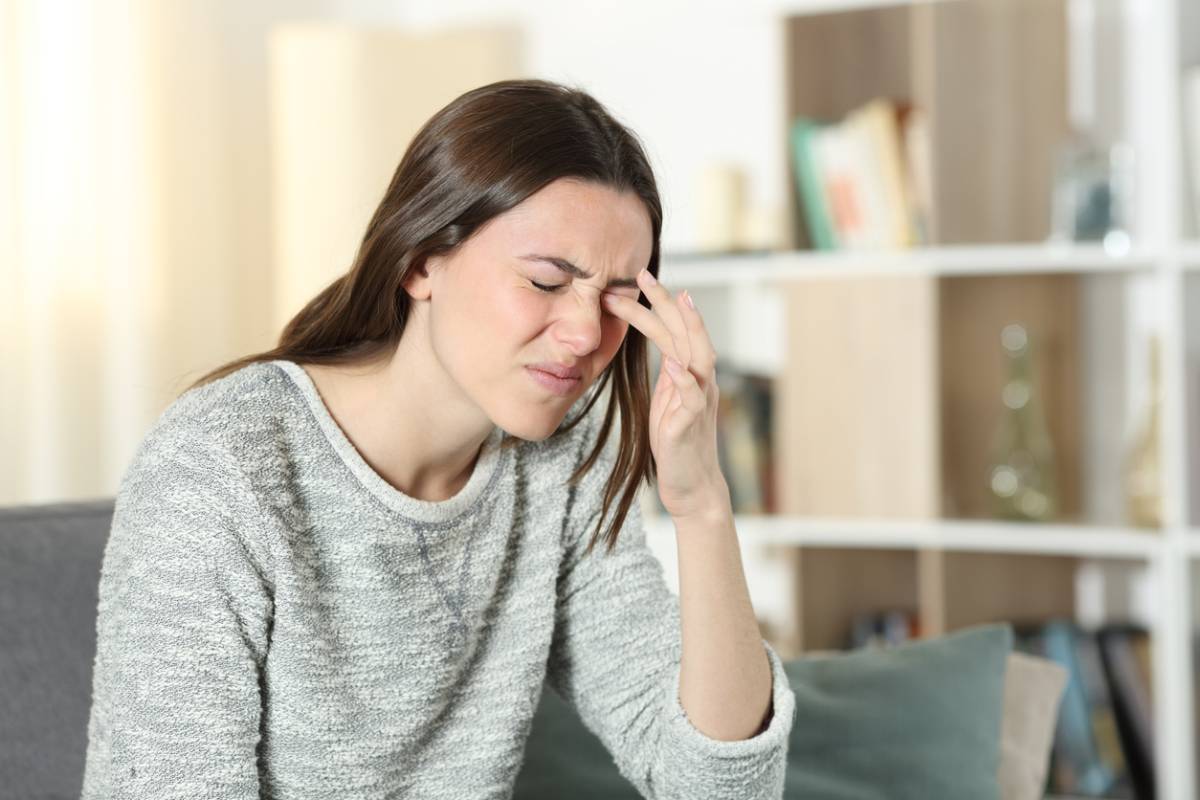Dry eye may sound relatively innocuous, but the people who have it can tell you it absolutely isn’t. The primary symptoms of dry eyes are stinging, burning, and blurred vision. It isn’t just uncomfortable, it directly harms your quality of life. That is why we’re going to spend some longer-overdue time talking about dry eyes. You deserve to know what it is, what causes it, and what can be done to give you the relief you desperately need. Let’s get started on this quick guide to dry eyes.
Recognizing Dry Eye
Irritation is the first sign of possible dry eye, but the type of irritation may vary. Although itching is quite common, you may also experience a gritty feeling or a visible film that produces strings of mucus. It is also possible for your eyes to become visibly inflamed and irritated. You may struggle to hold your eyes open, and it may become incredibly painful to try to wear contacts.
Quick Guide to Dry Eyes
Sadly, there is one symptom that tends to lead patients astray, keeping them from seeking proper medical attention for their condition. That symptom is increased tearing in response to irritation. It doesn’t make a lot of sense, but you can have dry eyes and still produce a lot of tears in response to the irritation. If you’re experiencing any of these symptoms, talk to your ophthalmologist about dry eyes treatment in Newport Beach.
The Causes of Dry Eye
The causes of dry eye can vary widely. However, you may be more susceptible to the condition if you’re an avid reader or spend extended periods of time looking at a screen. Whether we intend to or not, we usually blink less while visually fixated on something, and blinking is actually really important.
When you blink, a thin wash of natural tears wash over your eyes. There are three layers to your tears, and each of them serve a specific function to keep your eyes moist and clean. By engaging in activities that reduce the natural rate of blinking, you’re inadvertently exposing your eyes to the elements for longer periods of time than they are designed to handle. That can lead to your eyes becoming progressively drier.
Unfortunately, reading and screen time aren’t the only causes. Otherwise, dry eye would be easy to prevent by following the 20-20-20 rule. The truth is that having Lasik, wearing contacts, and even certain medical conditions can increase your risk of developing dry eye as you age. The good news is that you now have access to treatments that work.
Treating Dry Eye
Prescription eye drops known as artificial tears are often the first step for people who have recently been diagnosed with dry eyes. For many of them, the eye drops work perfectly fine, but it doesn’t work for everyone. Patients who continue to struggle with dry eyes should consider meeting with their OC oculoplastic eyelid surgeon in Newport.
Your oculoplastic surgeon will review your case to determine whether a tear-saving procedure could be right for you. These procedures are designed to physically block your tear ducts, forcing your natural tears to stay in your eyes longer. For people with severe dry eye, these plugs can offer long-term relief that can be reversed if necessary. There are other tear-saving procedures that close the tear ducts permanently, but these are relatively rare by comparison.
Taking the First Step
If you are concerned that you may be suffering from dry eyes, make an appointment with your local ophthalmologist. In the meantime, avoid potential irritants including contacts and prolonged reading or screen time. You may also choose to pick up over-the-counter artificial tears at your local drug store for more immediate relief.
